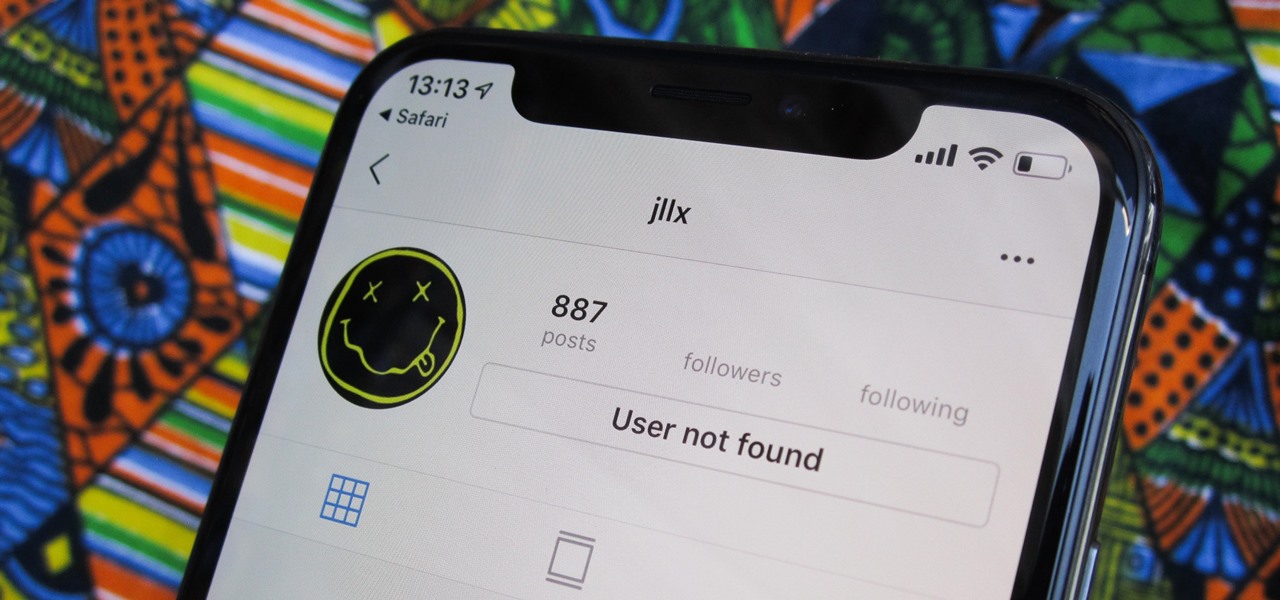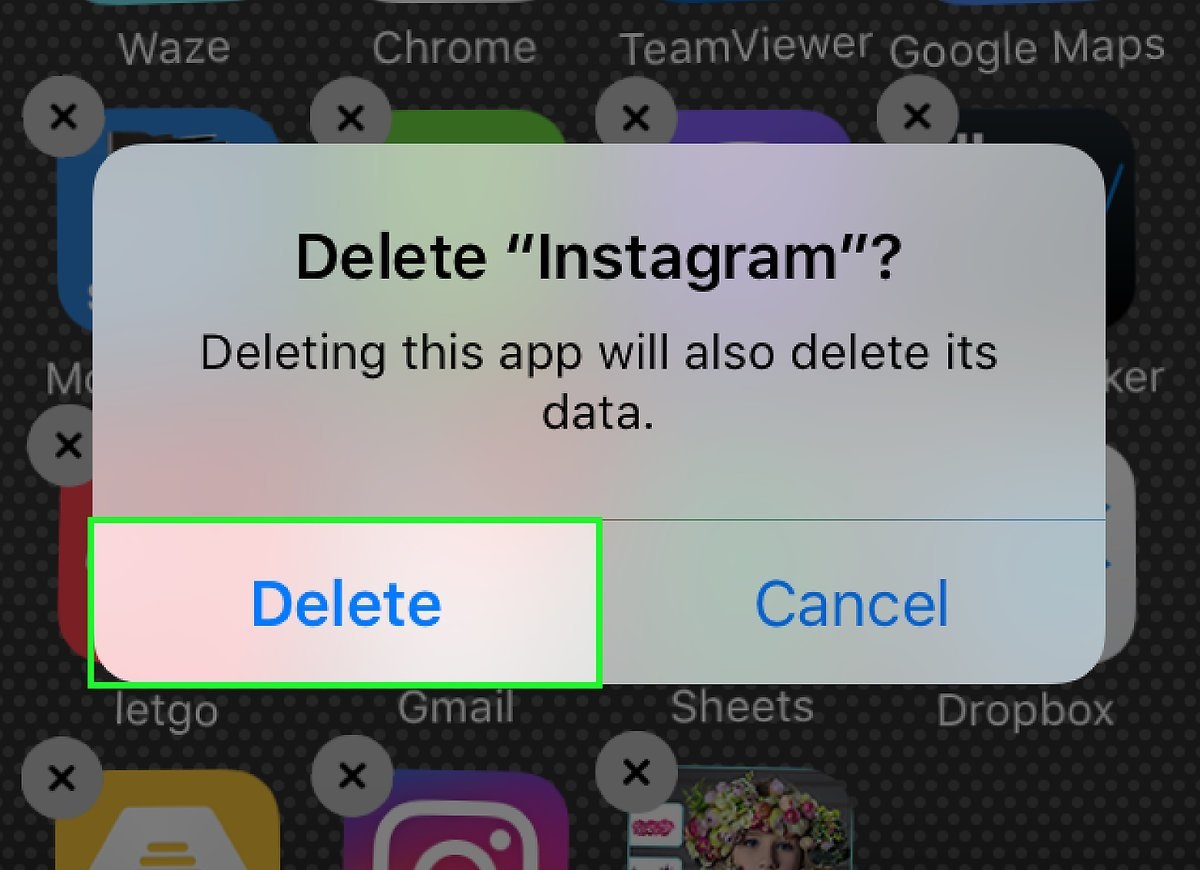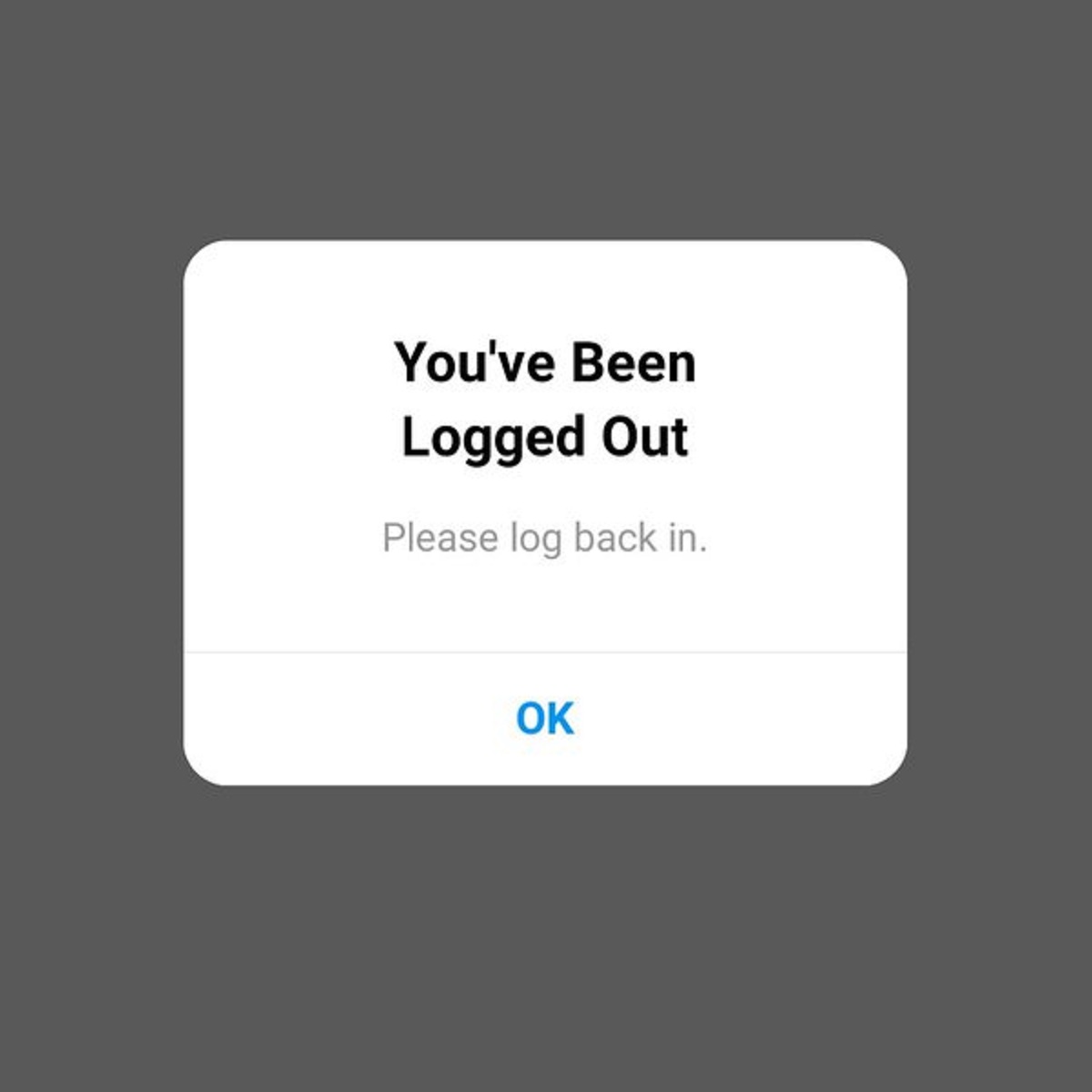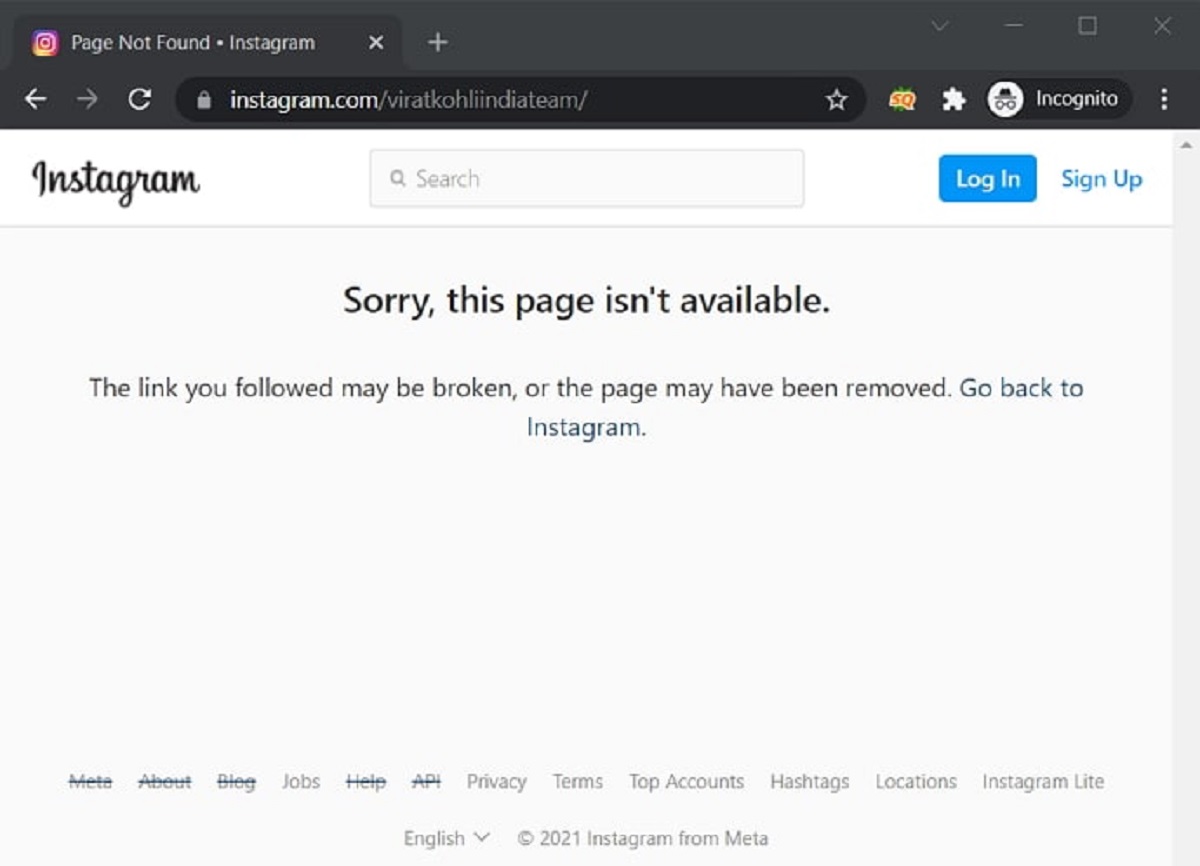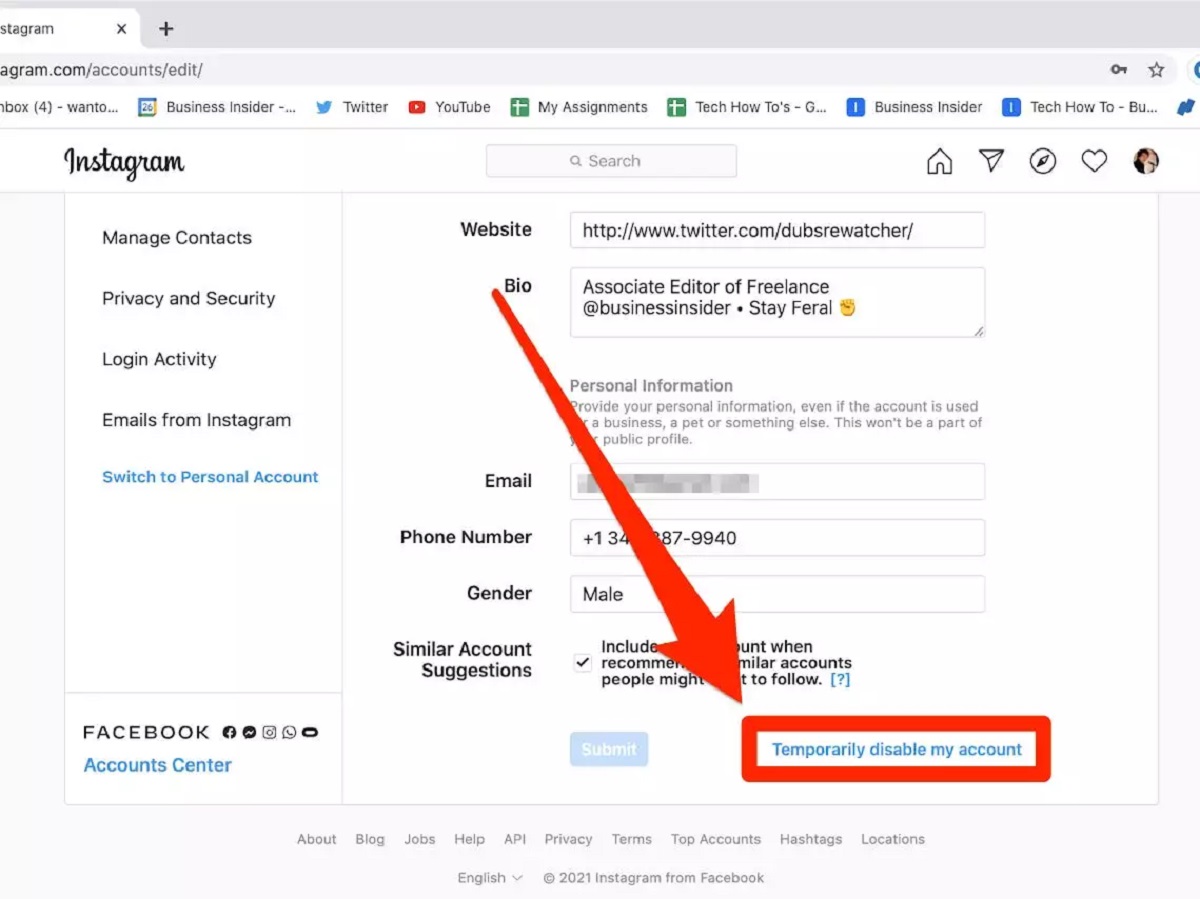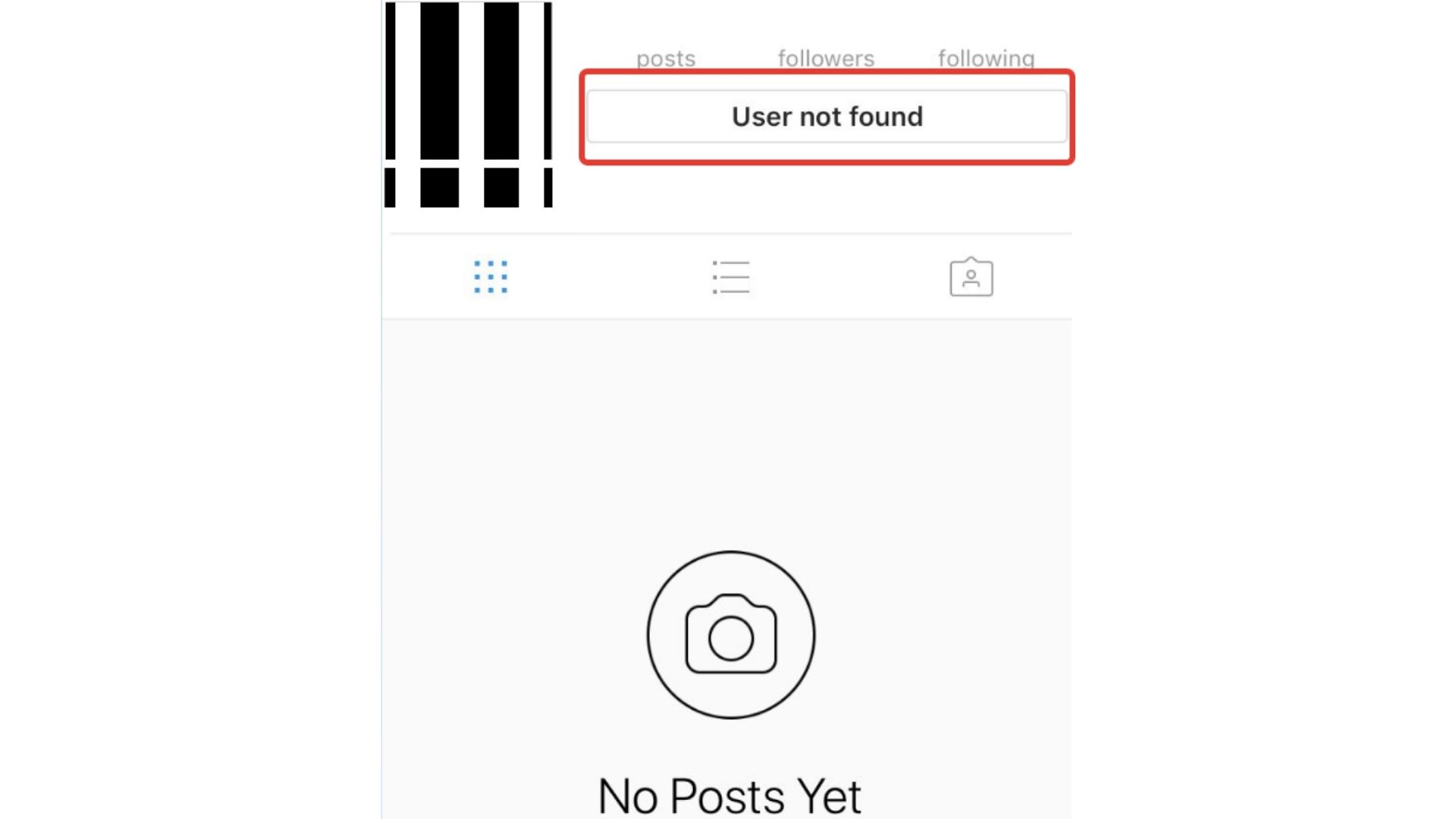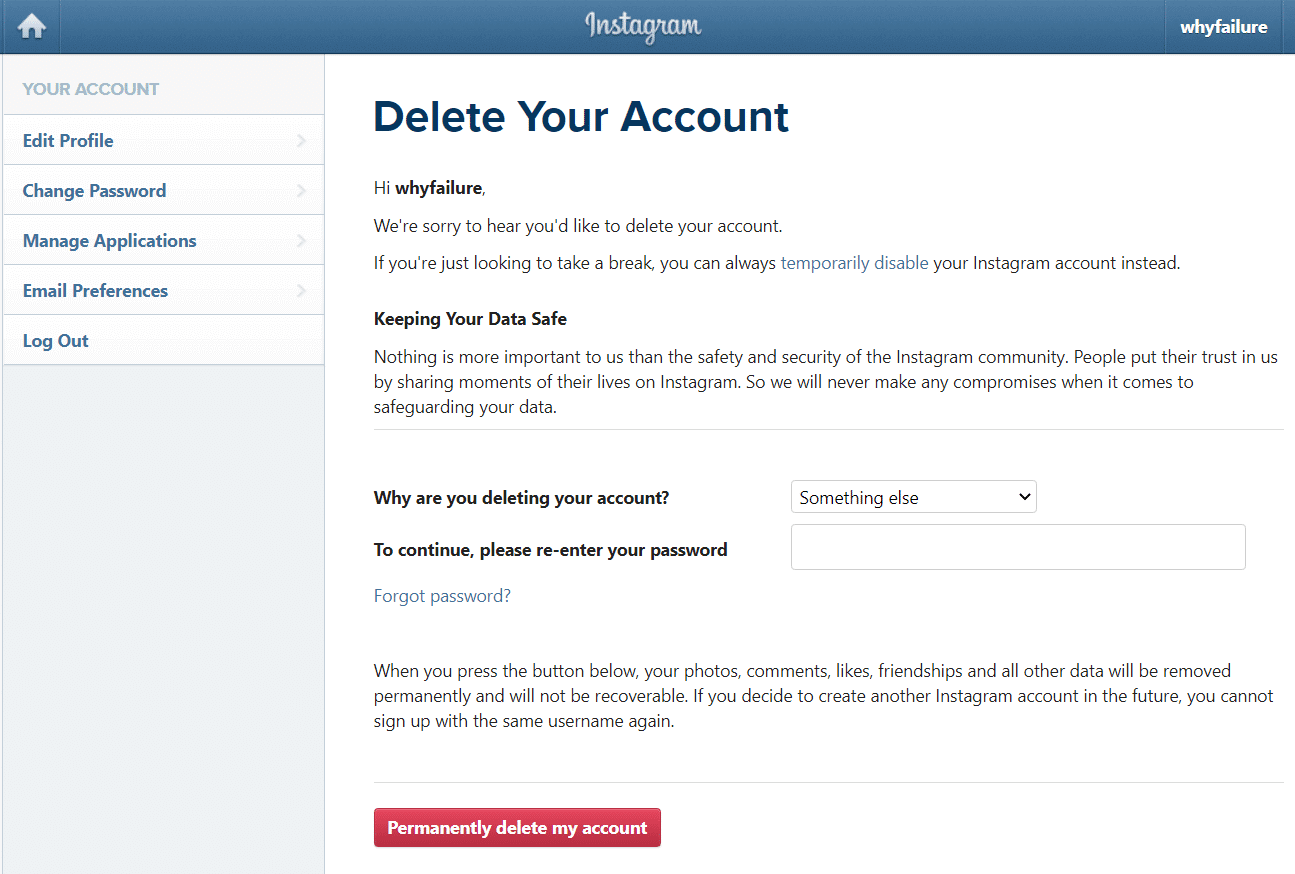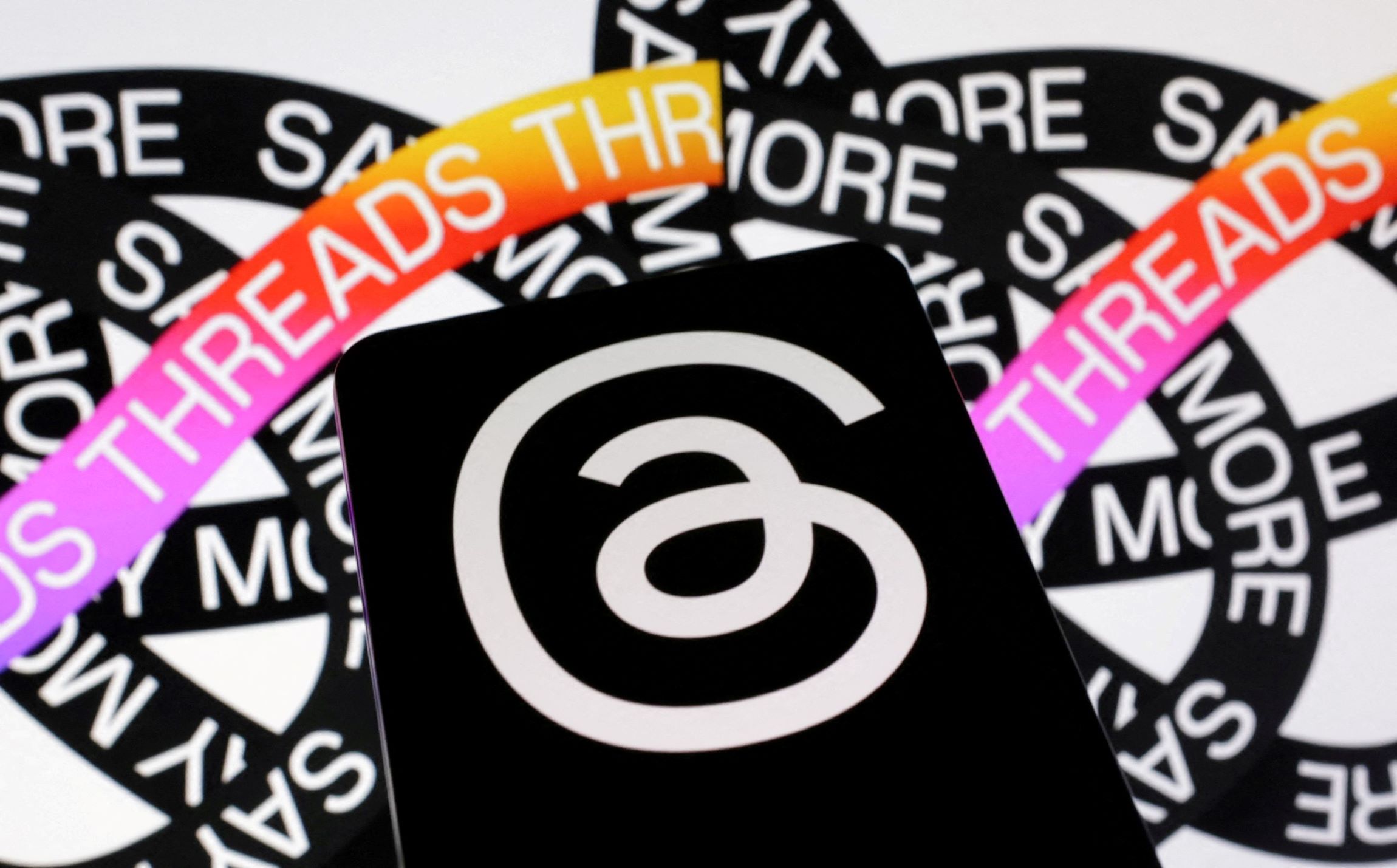Reasons for Deactivating Your Instagram Account
Instagram has become an integral part of our digital lives, allowing us to connect with friends, share moments, and discover new content. However, there may come a time when you consider deactivating your Instagram account. Here are some common reasons why people choose to take this step:
- Privacy concerns: With the increasing focus on data privacy, you may feel uncomfortable having your personal information and photos accessible to a wide audience. Deactivating your Instagram account can provide a sense of control over your online presence and limit the exposure of your private life.
- Mental health and well-being: Social media can sometimes be overwhelming, especially when comparing ourselves to others or constantly seeking validation through likes and comments. Deactivating your Instagram account for a while allows you to disconnect from the pressures of maintaining an online persona and focus on your well-being.
- Time management: Instagram can be addictive, consuming a significant amount of our time and attention. If you find yourself spending excessive hours scrolling through feeds, deactivating your account can help you regain control of your time and redirect your focus to more meaningful activities.
- Distractions and productivity: For individuals who struggle with concentration and productivity, Instagram can be a major distraction. Deactivating your account eliminates the temptation to constantly check notifications and allows you to concentrate on important tasks and goals.
- Negative impact on self-esteem: Constant exposure to carefully curated and filtered images on Instagram can sometimes lead to feelings of inadequacy and low self-esteem. Taking a break from the platform gives you the opportunity to cultivate a more positive self-image and reconnect with your authentic self.
These are just a few of the reasons why someone might choose to deactivate their Instagram account. It’s important to remember that your decision to deactivate is a personal one, and whatever the reason may be, it’s crucial to prioritize your well-being and do what feels right for you.
The Process of Deactivating Your Instagram Account
If you’ve made the decision to deactivate your Instagram account, it’s important to understand the steps involved. Here’s a step-by-step guide on how to deactivate your Instagram account:
- Open the Instagram app or website: Launch the Instagram app on your mobile device or visit the Instagram website in your web browser.
- Log in to your account: Enter your username and password to log in to your Instagram account.
- Go to your profile settings: Once you’re logged in, navigate to your profile by tapping on your profile picture or the person icon in the bottom right corner.
- Access the settings menu: On your profile page, locate and tap on the menu icon (three horizontal lines) in the top right corner of the screen. This will open the settings menu.
- Select “Settings” then “Account”: From the settings menu, scroll down and tap on “Settings.” Within the settings menu, select “Account.”
- Choose “Deactivate Account”: On the “Account” page, scroll down and find the “Deactivate Account” option. Tap on it to proceed.
- Provide a reason and password: Instagram will ask you to select a reason for deactivating your account from a list provided. Choose the most relevant reason, and then enter your account password.
- Confirm the deactivation: After entering your password, tap on the “Deactivate” button to confirm your decision.
- Account deactivated: Congratulations! Your Instagram account is now deactivated. Your profile, photos, comments, and likes will be hidden from other users until you reactivate your account.
It’s important to note that deactivating your account is not the same as permanently deleting it. If you decide to reactivate your account in the future, simply log in to your Instagram app or website again with your username and password, and your account will be restored.
Please keep in mind that it may take some time for your account to become fully deactivated, and during this period, you will not be able to access your account or receive any notifications.
What Happens When You Deactivate Your Instagram Account
When you deactivate your Instagram account, there are a few key things to keep in mind regarding what happens to your account and its associated data:
- Your profile becomes hidden: Once you deactivate your Instagram account, your profile, photos, videos, comments, and likes will no longer be visible to other users on the platform. Essentially, your account becomes invisible.
- Temporary suspension of notifications: While your account is deactivated, you will not receive any notifications from Instagram. This includes likes, comments, direct messages, and any other forms of interaction.
- Public content still visible: Although your account is hidden, any comments or messages you have sent to other users will still be visible to them. Additionally, any content you have shared publicly, such as comments on other accounts or posts in public groups, may still be visible.
- Reactivation brings things back: Should you decide to reactivate your account by logging in with your username and password, all of your profile information, photos, videos, likes, and comments will be restored, and your account will become visible to other users once again.
- DMs may disappear: While Instagram retains your account data, including direct messages, for a certain period of time after deactivation, it’s possible that your DMs may become permanently deleted if you choose to reactivate your account after an extended period of time. It’s always a good idea to back up any important conversations before deactivating your account if you wish to keep them.
- Impact on third-party apps: Deactivating your Instagram account may affect any third-party apps or services that you have linked to your account for authentication or data sharing. Be aware that this could include, but is not limited to, apps for scheduling posts or analytics tools.
It’s important to note that deactivating your account is not the same as permanently deleting it. If you choose to permanently delete your account, it will be completely removed, and you won’t be able to reactivate it or retrieve any of your data.
Now that you’re aware of what happens when you deactivate your Instagram account, you can make an informed decision about whether it’s the right step for you.
Can You Reactivate Your Instagram Account?
If you’ve deactivated your Instagram account but have had a change of heart, you may be wondering if it’s possible to reactivate it. The good news is that reactivating your Instagram account is a straightforward process. Here’s what you need to know:
To reactivate your Instagram account, simply follow these steps:
- Open the Instagram app or website: Launch the Instagram app on your mobile device or visit the Instagram website on your computer’s web browser.
- Log in with your credentials: Enter your username and password associated with the account you want to reactivate.
- Confirm your decision: After logging in, you may be prompted to confirm that you want to reactivate your account. Follow the provided instructions to proceed.
- Complete reactivation: Once you’ve confirmed, your Instagram account will be reactivated, and your profile, photos, and other content will become visible to other users on the platform.
It’s important to note that while reactivation brings back your account, the data and content associated with it remain intact. This means that all your photos, videos, comments, likes, and followers will be restored to their previous state.
However, it’s worth mentioning that there might be some limitations or effects when reactivating your account:
- Deleted content: If you deleted any of your content while your account was deactivated, it will not be restored upon reactivation. Make sure to back up any important content before deactivating your account.
- Loss of some data: It’s possible that certain data, such as direct messages, may be permanently deleted if you reactivate your account after an extended period of time. It’s always a good idea to review any potential loss before deciding to reactivate your account.
- Third-party apps and integrations: Reactivating your Instagram account may require re-logging or re-authenticating any third-party apps or services that you had connected to your account before deactivation.
Remember, reactivating your Instagram account is a personal choice, and it’s essential to consider the reasons why you initially deactivated it. Take the time to reflect on whether reactivating aligns with your current goals and priorities.
If you do decide to reactivate, keep in mind that you can always deactivate your account again in the future if you feel the need to take another break from the platform.
Is Your Data and Content Safe When You Deactivate Your Instagram Account?
If you’re considering deactivating your Instagram account, you may be concerned about the safety and security of your data and content. Rest assured, Instagram takes precautions to ensure the protection of your information during the deactivation process. Here’s what you need to know:
When you deactivate your Instagram account:
- Data retention: Instagram retains your account data, including your profile information, photos, videos, comments, likes, and followers. This means that when you reactivate your account, your data will be restored.
- Data privacy: While your account is deactivated, your data and content remain private and inaccessible to other users. Your profile will not appear in searches, and your photos and videos will not be visible on the platform.
- Data sharing: While your account is deactivated, Instagram will not share your data with other users or third-party applications. Your information remains protected and secure.
- Data security: Instagram takes measures to safeguard your data and uses encryption to protect your account information. This helps prevent unauthorized access to your account while it is deactivated.
It’s important to note that although your data and content are safe during deactivation, it’s always a good practice to regularly back up any important information, such as photos or conversations, before making any changes to your account.
If you have concerns about data privacy or account security, it may be helpful to review Instagram’s Privacy Policy and Terms of Service for a more comprehensive understanding of how your data is handled. These documents outline the specifics of data storage, retention, and usage.
Remember that deactivating your Instagram account is not the same as permanently deleting it. If you decide to reactivate your account, your data and content will be restored, and you can continue using the platform as before.
Before deactivating your account, take the time to reassess and consider the options available to you. If you’re uncertain about the future of your Instagram account, it’s always better to err on the side of caution and ensure that you have saved any important data or content before taking any further action.
Impact on Your Followers and Interactions When You Deactivate Your Instagram Account
When you decide to deactivate your Instagram account, it’s important to be aware of the potential impact this decision may have on your followers and interactions. Here are some key points to consider:
- Loss of visibility: Deactivating your account means that your profile and content will be hidden from other users. As a result, your followers won’t be able to view your posts or interact with your account during this time.
- No notifications: While your account is deactivated, you won’t receive any notifications for likes, comments, or direct messages. This means that you will temporarily be cut off from any ongoing conversations or interactions with your followers.
- No new followers: Since your account is hidden, no new users will be able to find and follow your account while it’s deactivated. As a result, your follower count will remain unchanged until you reactivate your account.
- Temporary halt in activity: Deactivating your account effectively puts a pause on your Instagram activities. Your existing posts won’t receive any new likes or comments, and you won’t be able to engage with other users’ content during this time.
- No access to direct messages: While your account is deactivated, you won’t have access to your direct messages. If there are ongoing conversations that you wish to preserve, it’s advisable to save any important messages before deactivating your account.
- Temporary absence from followers’ feeds: With your account hidden, your posts won’t appear in the news feeds of your followers. This absence may result in a decline in engagement and interaction with your content until you reactivate your account.
It’s important to communicate with your followers before deactivating your account to let them know about your decision and any alternative means of staying in touch. Consider posting a temporary farewell message or directing them to other platforms where they can still follow your updates.
While there may be a temporary disruption in your Instagram presence and interactions, it’s important to remember that your followers will have the opportunity to reconnect with your account once you reactivate it. By maintaining open communication and ensuring that your followers are aware of your plans, you can help mitigate any potential negative impacts.
Before deactivating your account, weigh the impact on your followers and interactions and consider alternative options that may allow you to address any concerns while still maintaining a connection with your audience.
Alternative Options to Deactivating Your Instagram Account
If you’re contemplating deactivating your Instagram account but aren’t quite ready to take that step, there are alternative options you can consider. These alternatives may allow you to address specific concerns or issues without completely disconnecting from the platform. Here are some alternatives to deactivation:
- Take a break: Instead of fully deactivating your account, consider taking a break from Instagram. This can involve temporarily uninstalling the app from your mobile device or logging out of your account. By taking a break, you can reduce the time you spend on Instagram and regain a sense of control over your usage.
- Manage privacy settings: If privacy is a concern, review and adjust your privacy settings on Instagram. Make sure you understand who can see your posts and interact with your account. You can set your account to private, allowing only approved followers to access your content.
- Curate your following: If you feel overwhelmed by the amount of content on Instagram, consider curating your following list. Unfollow accounts that no longer resonate with you or that negatively impact your well-being. Focus on following accounts that inspire and bring you joy.
- Moderate comments and interactions: Engage with the moderation features available on Instagram to filter and manage comments on your posts. You can set up filters to automatically hide or block specific keywords, phrases, or offensive content. This helps create a more positive and supportive environment on your account.
- Limit usage and set boundaries: Establish clear boundaries for your Instagram usage. Set time limits for yourself, designate specific times of the day for checking the app, and avoid mindless scrolling. By consciously managing your usage, you can prevent it from becoming a constant distraction.
- Explore other platforms: If Instagram no longer aligns with your interests or values, consider exploring other social media platforms that may better cater to your needs. Experiment with platforms that promote different types of content or offer a more specialized community.
- Showcase your work on a portfolio website: If you are primarily using Instagram to showcase your creative work, consider creating a portfolio website or utilizing other platforms specifically designed for artists, photographers, or content creators. This allows you to have more control over your content and reach a targeted audience.
By considering these alternatives, you can find a middle ground that addresses your concerns without completely severing your connection to Instagram. Remember, it’s essential to find a balance that supports your well-being and aligns with your goals and values.
Before making any changes, reflect on your motivations and priorities, and choose the option that feels most right for you.
Things to Consider Before Deactivating Your Instagram Account
Before deactivating your Instagram account, it’s important to carefully consider several factors to ensure that this is the right decision for you. Here are key things to think about:
- Motivation: Before deactivating, ask yourself why you want to leave Instagram. Understanding your motivations will help you determine if deactivation is the best solution or if there are alternative steps you can take to address your concerns.
- Impact on connections: Consider the impact deactivation will have on your connections and relationships on the platform. Will it sever important connections or disrupt ongoing conversations? Think about how this may affect your personal and professional connections and whether you have alternative means of staying in touch.
- Lost opportunities: Assess the potential opportunities you may miss out on if you deactivate your account. Instagram offers a vast platform for networking, discovering new interests, and showcasing your work. Consider whether the benefits and opportunities of being present on Instagram outweigh your current concerns.
- Alternatives: Explore alternative solutions to address your concerns without completely deactivating your account. Adjusting privacy settings, managing your following list, or taking breaks from the app can often help mitigate many of the negative aspects you may be experiencing.
- Backup your data: If preserving your content is important to you, ensure that you have backed up your photos, videos, and important conversations before deactivating. This will allow you to access and restore them at a later time if needed.
- Effect on personal branding or business: If you are using Instagram for personal branding or business purposes, consider the potential impact of deactivation on your brand or business. Evaluate whether deactivating aligns with your overall marketing strategy or if there are other methods to address your concerns while maintaining your online presence.
- Emotional impact: Reflect on your emotional attachment to Instagram. Consider the emotional impact of leaving the platform and whether it will positively or negatively affect your overall well-being. Pay attention to how Instagram usage makes you feel and how a break or deactivation might impact your mental and emotional state.
Take the time to assess these considerations before making a final decision about deactivating your Instagram account. It’s important to make a well-informed choice that aligns with your values, goals, and overall well-being.
Remember, deactivating your account is not permanent, and you can always reactivate it if you change your mind. Trust your instincts and do what feels right for you and your digital journey.
Final Thoughts on Deactivating Your Instagram Account
Deactivating your Instagram account is a personal decision that requires careful consideration and reflection. Before taking this step, remember these final thoughts:
Evaluate your motivations: Take the time to evaluate your motivations for wanting to deactivate your account. Consider whether your concerns can be addressed through alternative solutions or adjustments to your Instagram usage.
Weigh the pros and cons: Make a list of the potential benefits and drawbacks of deactivating your Instagram account. Consider how it will impact your connections, opportunities, and overall online presence. Find a balance between addressing your concerns and maintaining the positive aspects of the platform.
Explore alternative options: Before deactivation, explore alternative options that allow you to address your concerns without completely disconnecting from Instagram. Use privacy settings, moderation tools, or controlled usage to create a healthier digital environment for yourself.
Communicate with your followers: If you decide to go ahead with deactivation, communicate your decision with your followers. Let them know about your plans and provide alternative ways to stay connected. Informing them in advance will help maintain any valuable connections you have built.
Mindful self-reflection: Throughout the process, engage in mindful self-reflection. Pay attention to how Instagram usage impacts your well-being, emotional state, and overall quality of life. Use this self-awareness to make decisions that align with your values and priorities.
Reassess periodically: Remember that deactivating your Instagram account doesn’t have to be a permanent decision. Periodically reassess your feelings and experiences with the platform. If you find that the reasons for deactivation no longer hold true or if you miss the positive aspects of being on Instagram, you can always reactivate your account.
Ultimately, the decision to deactivate your Instagram account is a personal one. It’s important to prioritize your well-being and ensure that your digital presence aligns with your goals and values. Take the time to reflect, explore alternatives, and make a decision that is right for you.







